
Position:Home > News > Application
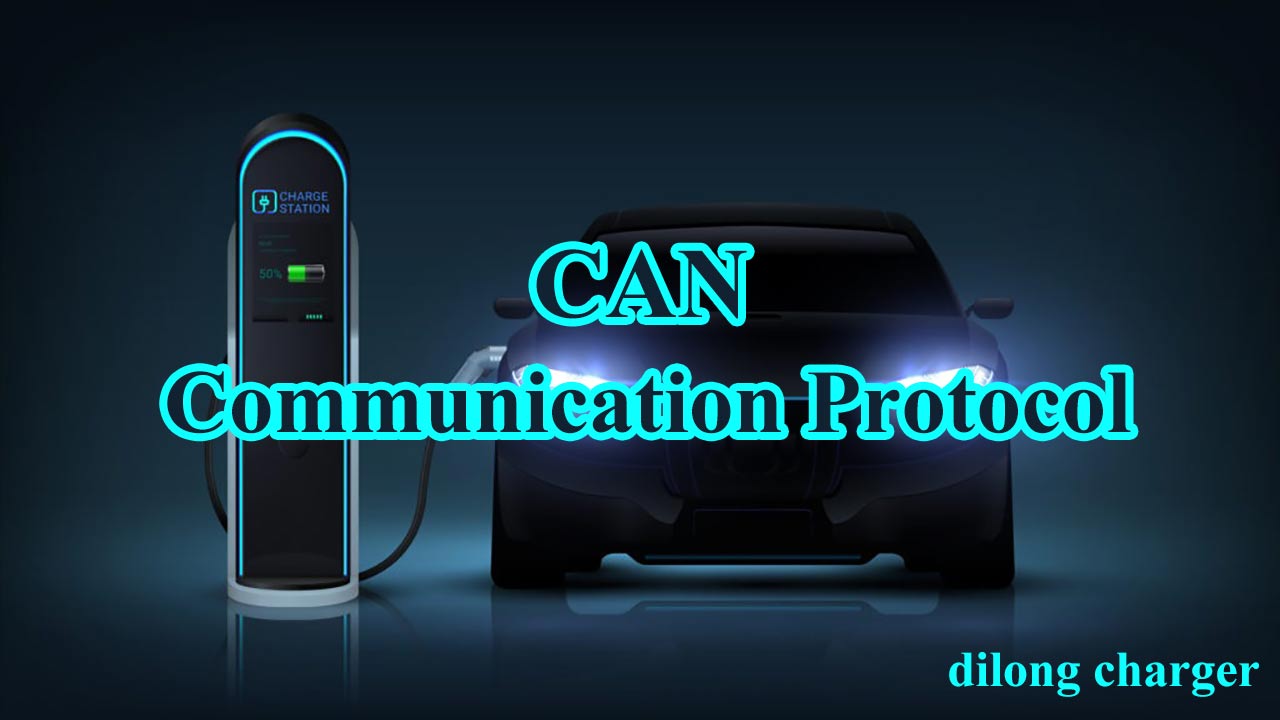
The Application of CAN Communication Protocol in EV on-board system
——
Power battery is the energy source of EV (Electric Vehicle). Charging system is the main way for battery to obtain energy. The good quality of charging system able to achieve the normal using of EV. On-board charging is really important charging methods for EV. As the development and advancement of technology, vehicular vehicle vendors and vehicular charger in China are adopting the efficient CAN communication protocol. By the basis of referring to the existing communication protocol standard, this paper deeply studies the CAN communication protocol between Battery Management System (BMS) and vehicle charger which can be used as a reference for designers.
EV control system adopts CAN bus communication mode. It is mainly composed of internal high-speed CAN network, internal low-speed CAN network and charging system CAN network.

The devices connected by the internal high-speed CAN network mainly include battery management system, motor controller, vehicle display system and other devices with high real-time requirements. The devices connected by the internal low-speed CAN network include lighting controller, air conditioning controller, door and window controller and other devices with relatively low real-time requirements. The charging system CAN network is a high-speed CAN network specially used for communication between vehicle charger/charging pile and battery management system. It connected to devices such as AC/DC charging pile, vehicle charger, battery management system and monitoring equipment by extended data frame format.
In the charging system, AC/DC charging pile is an equipment other than the whole electric vehicle. Only when an electric car is charging at a charging station will it be connected to the charging network through a special cable.

The on-board charger is always connected to the charging communication network, which is part of the vehicle system. In the whole CAN communication network, there is no information exchange between DC charging pile and vehicle-mounted charger. They only communicate with the battery management system, so the battery management system displays one-to-many communication characteristics.
The CAN communication protocol of vehicle charger includes four processes, namely, the charging handshake stage, the parameter configuration stage, the charging stage and the charging end stage. The handshake stage is mainly to complete the battery management system to identify the charging device. At this stage, it is mainly to determine whether the connected device is a vehicle-mounted charger or a DC charging pile (non-vehicle-mounted charging). In order to select the communication protocol, for the connection of the charging main circuit to lay a good foundation.
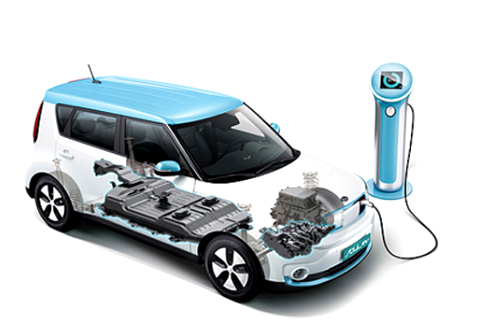
The CAN communication protocol of vehicle charger includes four processes, namely, the charging handshake stage, the parameter configuration stage, the charging stage and the charging end stage. The handshake stage is mainly to complete the battery management system to identify the charging device. At this stage, it is mainly to determine whether the connected device is a vehicle-mounted charger or a DC charging pile (non-vehicle-mounted charging). In order to select the corresponding communication protocol, for the connection of the charging main circuit to lay a good foundation. When the battery management system receives the response device as the vehicle charger, and the charger is not the first time to use.

The charging phase is mainly to complete the conduction of the main loop and charge the battery. The hardware system is equipped with relays for the on-board charging system to turn on and off the circuit. When the vehicle charger is connected to the system, the control relay of the battery management system is closed to make the main loop conduction and realize battery pack charging. Upon completion of charging, the battery management system control relay disconnects the main circuit section.
In the electric vehicle charging system, the perfection of information frame is directly related to the security and reliability of the charging system. Since on-board chargers are installed in electric vehicles, safety monitoring is even more important. On the basis of the original correspondence protocol, the EV charging system protocol needs to add more security monitoring frames to ensure the safety of personnel and equipment.
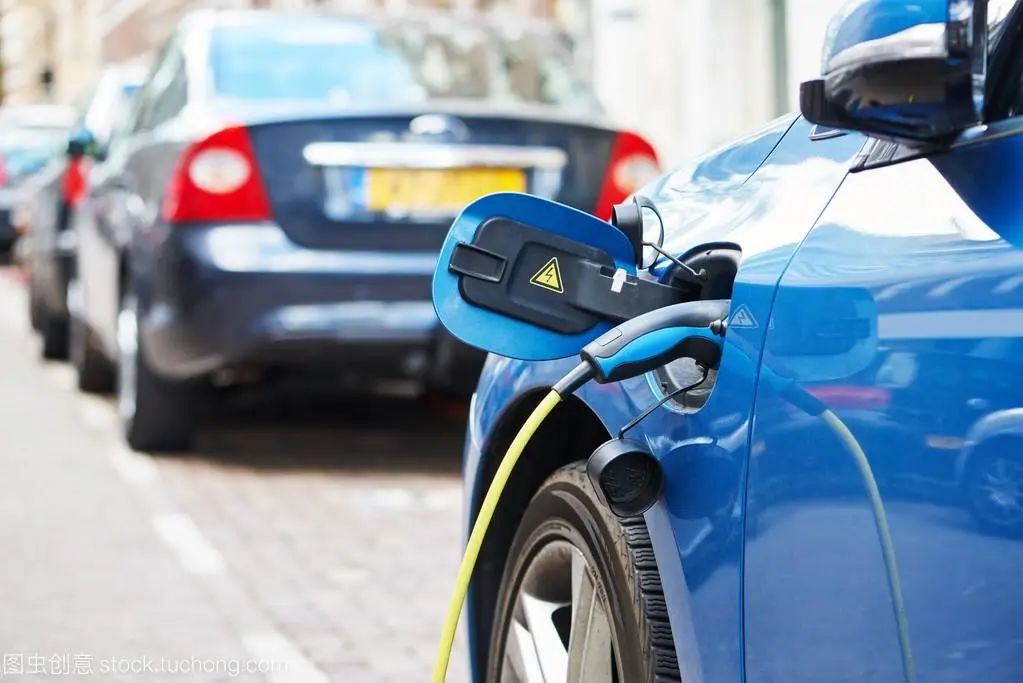
For example, the information transfer between BMS and vehicle charging machine needs to wait for receiving judgment. If the peer party does not receive the communication data for a long time, the system times out and the communication fails. If the system receives the other party's message within the specified time, the communication continues. The judgment of BMS and vehicle charger is completed by their respective controllers. The fault diagnosis of the battery management system includes battery string overcurrent, overvoltage or undervoltage, and overtemperature or low temperature. The abnormal judgment of vehicle charger mainly includes input over-voltage/under-voltage detection, output over-current detection, short-circuit protection detection, over-temperature detection, main circuit relay status detection and so on.
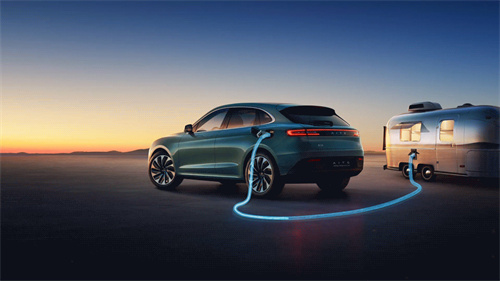
When an EV terminates is charged, the battery management system and the on-board charging system will send a stop charging message to each other. The content of the packet records the reason of the charging stopped. If the charging is complete, a message is displayed indicating that no device error is reported and the charging is finished.
CAN 2.0 is the most widely used communication protocol in the market at the moment. For example, the on-board charger produced by Dilong New Energy adopts CAN2.0B high-speed communication. The high-speed intelligent communication with the battery management system is realized. The battery connection status can be judged intelligently.
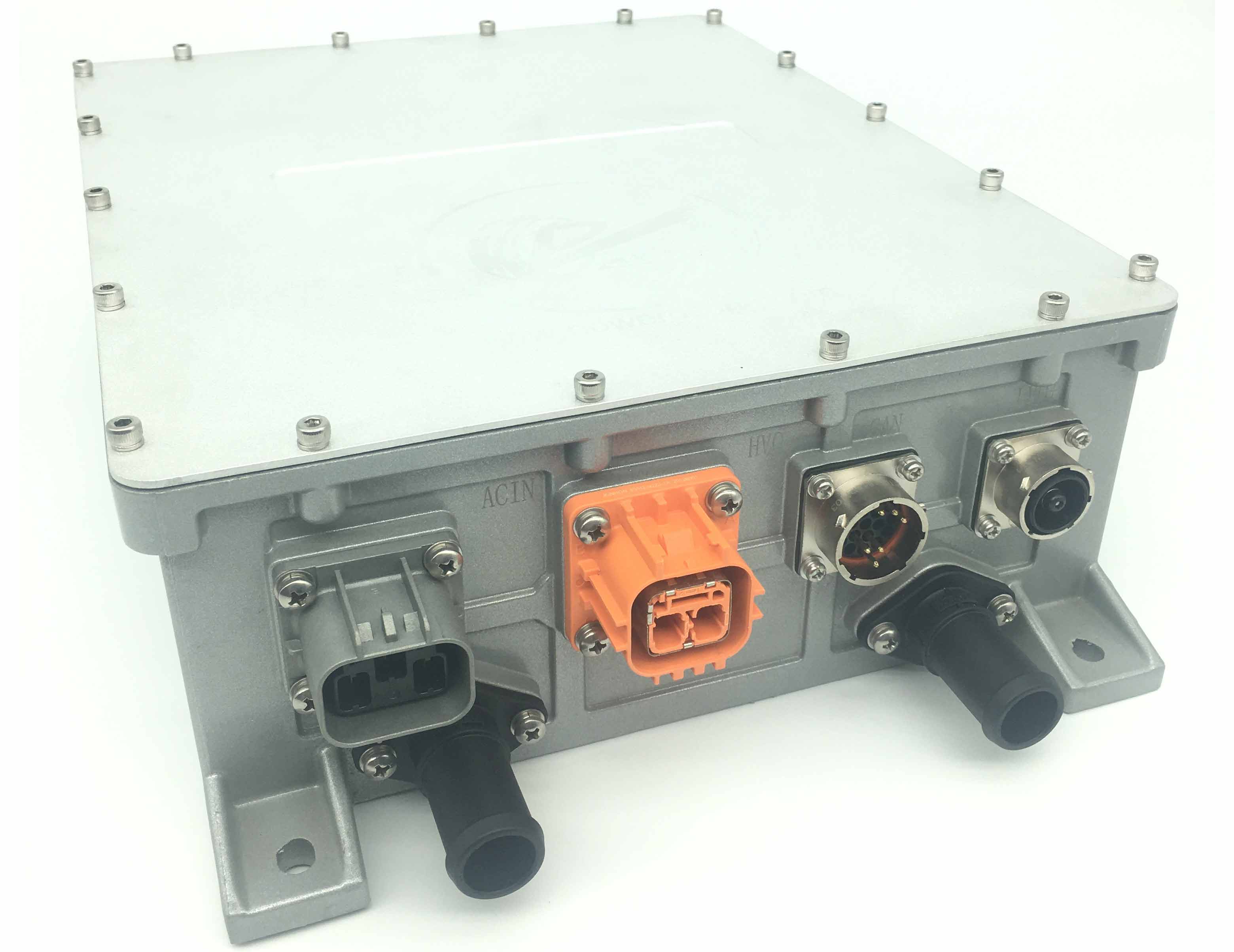
It obtains battery system parameters, as well as real-time data of the whole set and individual batteries during charging. It has the function of communication with the vehicle monitoring system and uploading the working status, working parameters and fault alarm information of the vehicle charger intelligently at the same time. It also receives control commands to start charging and stop charging.

In addition to intelligent communication function, the on-board charger of Dilong New Energy also has complete safety protection function. For example, input higher voltage protection, input lower voltage alarm, output current protection, short circuit protection and other functions. In the charging process, the temperature and charging current and voltage of the battery can be guaranteed not to exceed the allowable value. It automatically adjusts the charging current dynamically and intelligently according to the battery information of the battery management system and automatically determines the charging connector is correctly connected or not.
Dilong New Energy focuses on the research, development, production and sales of EV charging system and equipment. The main products include on-board charger (OBC), on-board DC/DC converter and on-board integrated machine. The company has automotive grade IATF16949 system certification standard professional chemical plant. For global customers to provide high efficiency, high power density, intelligent, highly reliable on-board power products.

The company has the independent intellectual property rights of the core technology of vehicle power supply, and has accumulated rich experience in R&D and production. The company's products have been supporting many mainstream models at home and abroad, is the world's famous automotive power supplier. In 2016, Dilong New Energy completed the construction and put into production of the new factory, covering an area of more than 150 square meter with automated production processes. We can provide global customers with comprehensive, customized, professional services, reliable products.